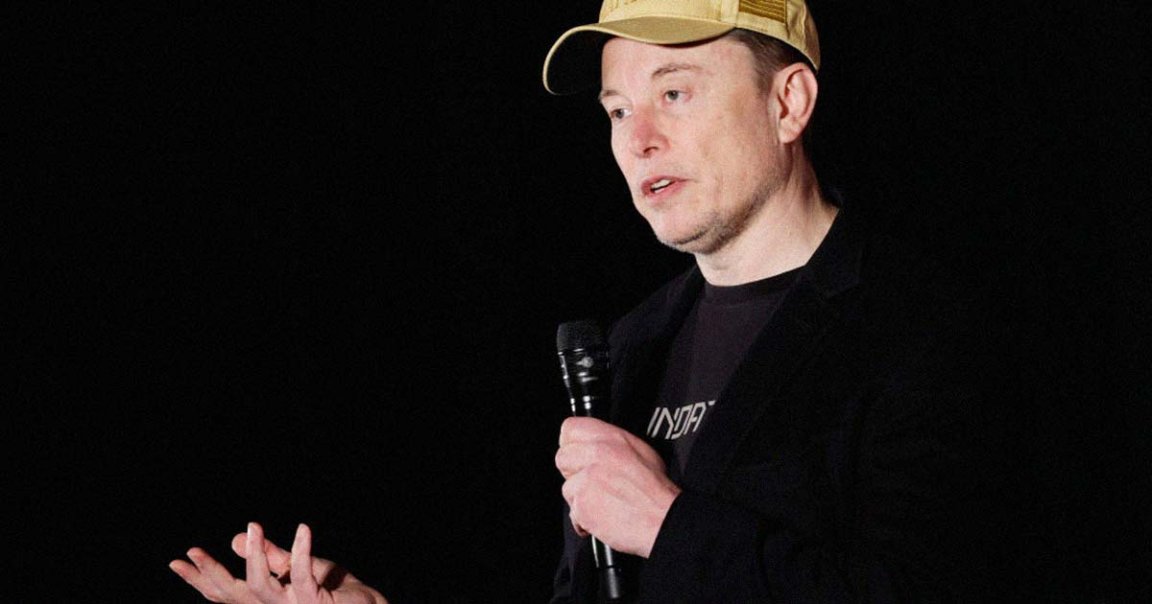
Tesla CEO Elon Musk has finally said the quiet part out loud: he’s worried that the vast majority of Tesla vehicles currently on the road won’t be able to actually drive themselves after all, even if buyers paid extra for hardware that he claimed at the time would allow them to do just that.
The current generation of the EV maker’s lineup makes use of HW3 computers, an assembly that acts as the brain of the car, which has been around since 2019 and required customers with HW2 to pay an additional $1,000 for a retrofit.
But to get cars to fully drive themselves — a future version of the company’s infamous “Full Self-Driving” (FSD) software that won’t need to be supervised, according to Musk — customers may need a whole new hardware upgrade.
“HW4 has several times the capability of HW3,” Musk told investors during a call following Tesla’s Q3 financial results, as quoted by Electrek. “It’s easier to get things to work on HW4 and it takes a lot of effort to squeeze that into HW3.”
“There is some chance that HW3 does not achieve the safety level that allows for unsupervised FSD,” he added.
Translation: all the times Tesla has vowed that all of its vehicles would soon be capable of fully driving themselves may have been a convenient act of salesmanship that ultimately turned out not to be true.
The good news is that existing customers who shelled out $8,000 for the Full Self-Driving package would get an upgrade “for free,” Musk promised during the call. “And we have designed the system to be upgradable, so it’s really just sort of switch out the computer thing — the cameras are capable.”
Unfortunately, as Electrek points out, there’s a good chance he might be wrong about that, because HW4 uses different power and camera harnesses. Fitting the differently shaped computer may also be a challenge.
Musk himself admitted that “we don’t actually know the answers” to whether HW3 is indeed upgradeable.
Put simply, HW4 would likely need to be adjusted — at the least — to make it work in existing HW3 cars, and the company would need to swallow an enormous expense to provide all these upgrades for free.
The uncertainty speaks volumes. And there’s another specter haunting the project: whether HW4 will eventually be able to allow cars to fully drive themselves, or whether the vehicles will need yet another upgrade, in yet another example of Musk’s over-optimistic timelines. After all, he already promised that previous iterations including HW2 would be capable of fully autonomous driving.
During the company’s lackluster “We, Robot” event earlier this month, Musk promised that “unsupervised FSD” would be made available sometime next year in Texas and California starting with its Model 3 and Model Y vehicles.
But finally rolling out the software on public streets could still pose plenty of steep regulatory challenges. For one, Tesla still relies entirely on cameras, not LIDAR like its competitors, a major drawback that critics have argued could hold the company back.
Musk has promised cars that fully drive themselves every year for a decade now, but despite his many reassurances, FSD is still plagued by nagging problems, resulting in close calls and collisions.
For now, though, diehard Tesla fans have no choice but to take Musk at his word.
More on FSD: Godfather of AI Says Elon Musk Is Lying About Self-Driving Teslas